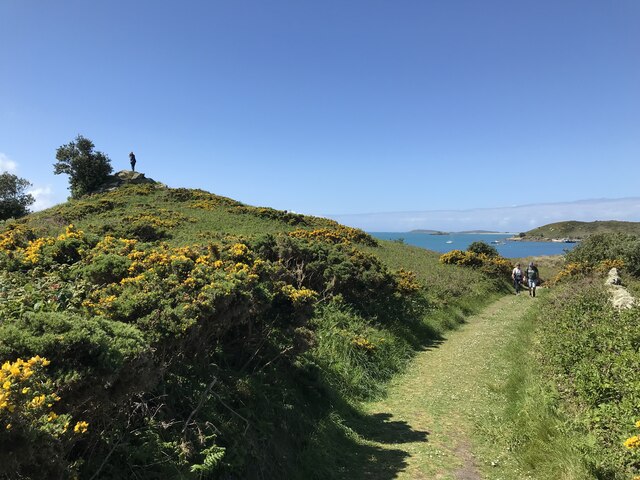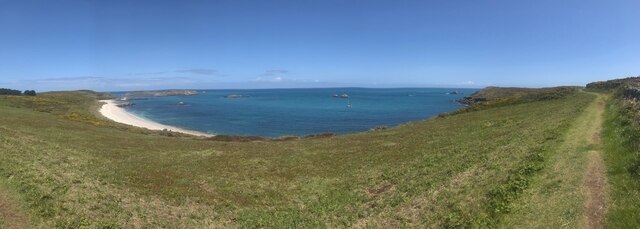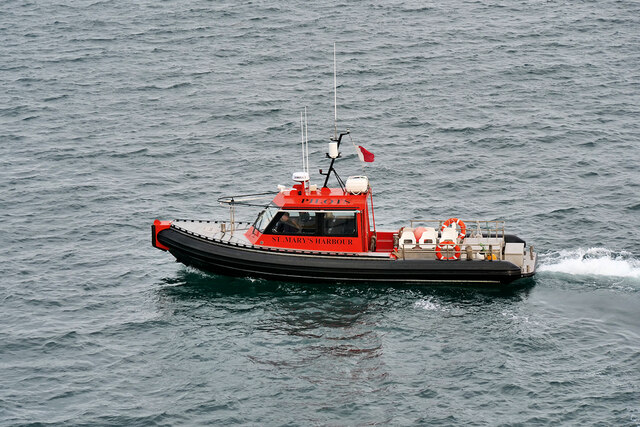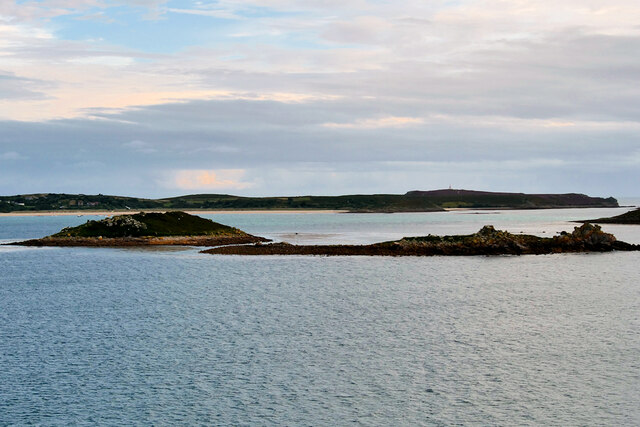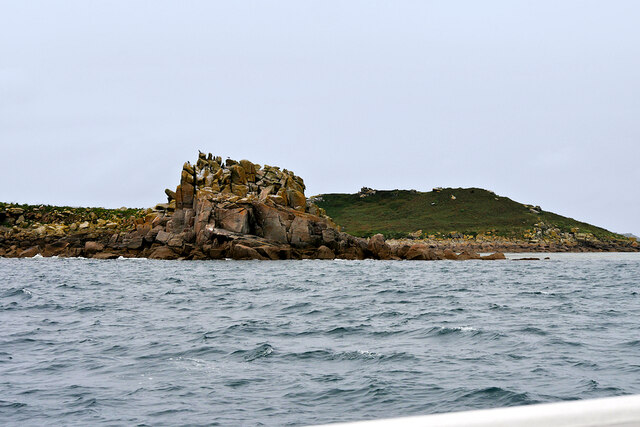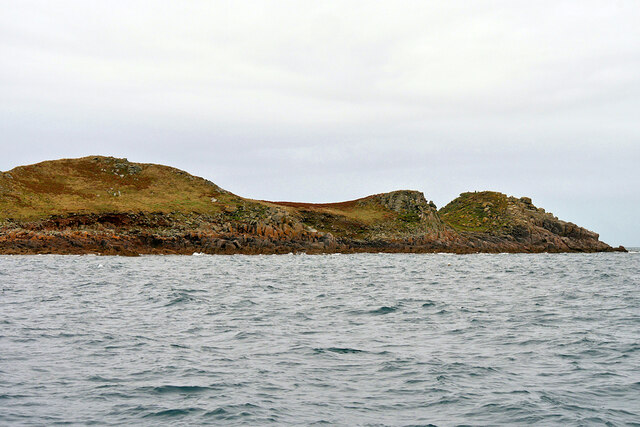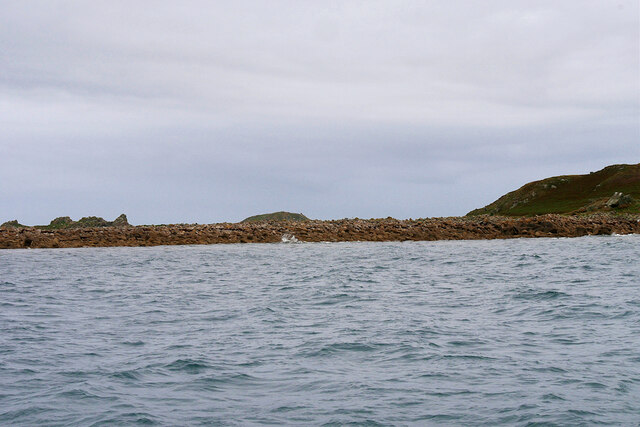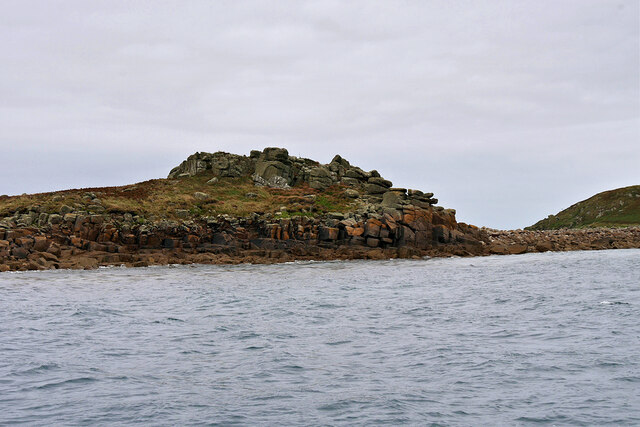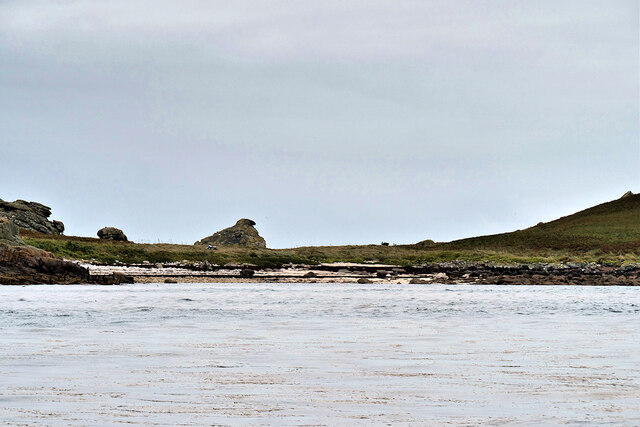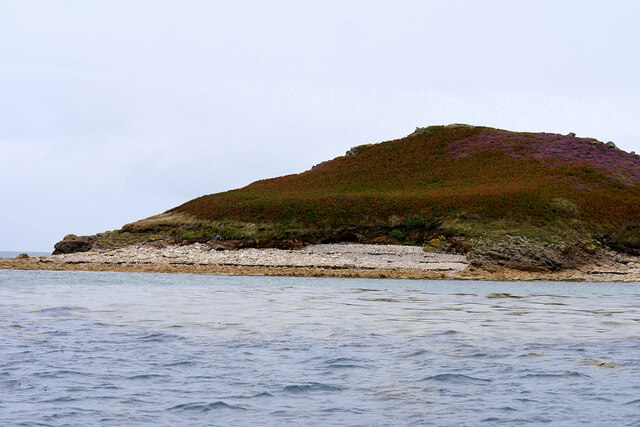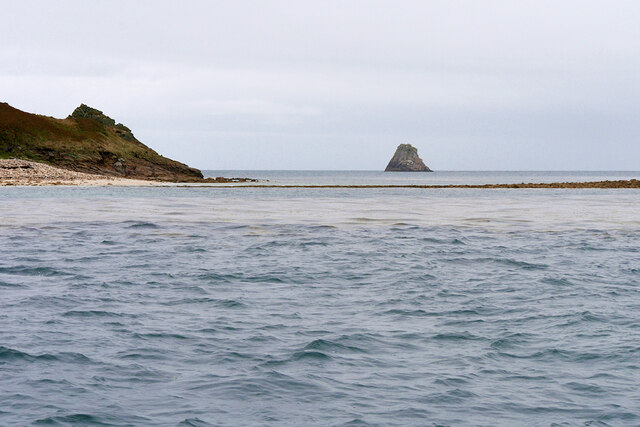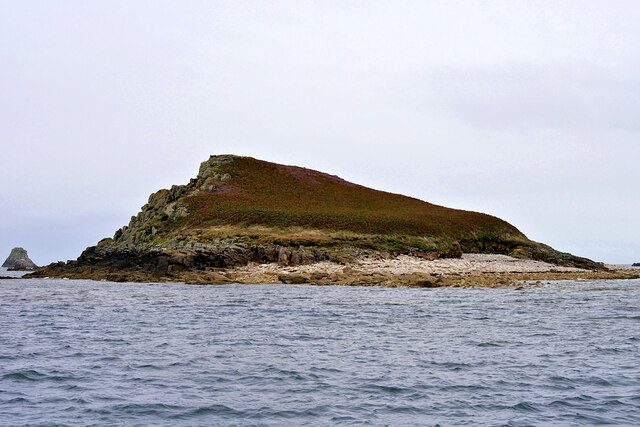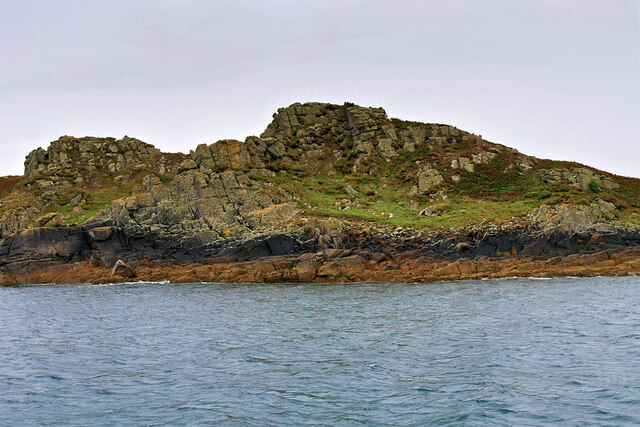Borthic
Island in Cornwall
England
Borthic
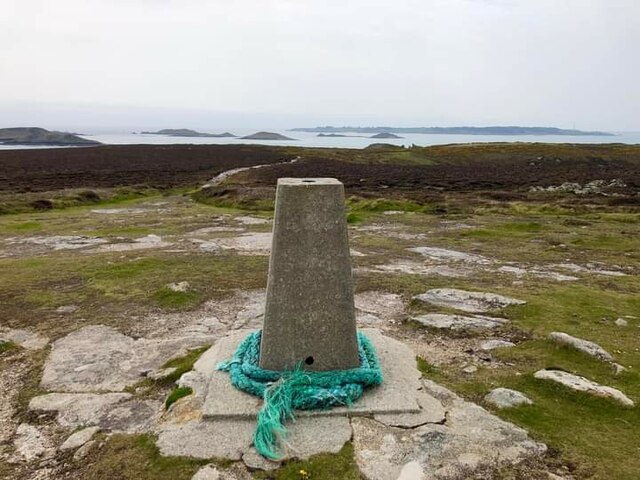
Borthic is a small island located off the coast of Cornwall, England. It is situated in the Celtic Sea, approximately 5 miles southwest of the town of Penzance. The island covers an area of around 2 square miles and is known for its rugged landscape and natural beauty.
Borthic is primarily composed of granite, and its rocky coastline is dotted with cliffs and small coves. The island is home to a variety of wildlife, including seabirds, seals, and dolphins, making it a popular destination for nature enthusiasts and birdwatchers.
The island has a rich history, with evidence of human habitation dating back to the Bronze Age. In the 19th century, Borthic was used as a base for local fishermen, who would set out from the island to catch fish in the surrounding waters.
Today, Borthic is a tranquil retreat, with no permanent residents. However, it has become a popular spot for holidaymakers seeking a peaceful getaway. Visitors can enjoy walks along the island's coastal paths, taking in the stunning views of the Atlantic Ocean, or explore the numerous rock pools and sandy beaches.
Access to Borthic is by boat, with regular ferry services operating from Penzance during the summer months. The island does not have any facilities or accommodation, so visitors are advised to bring their supplies and camping equipment if they plan to stay overnight.
Overall, Borthic offers a unique and secluded experience for those looking to escape the hustle and bustle of everyday life and immerse themselves in the unspoiled beauty of Cornwall's coast.
If you have any feedback on the listing, please let us know in the comments section below.
Borthic Images
Images are sourced within 2km of 49.951841/-6.2780859 or Grid Reference SV9314. Thanks to Geograph Open Source API. All images are credited.
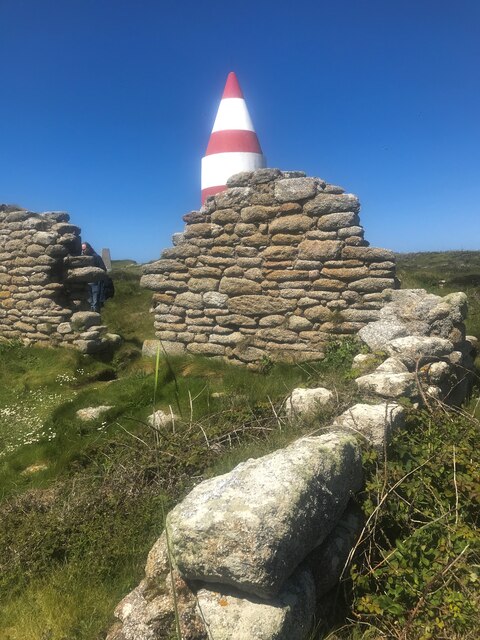
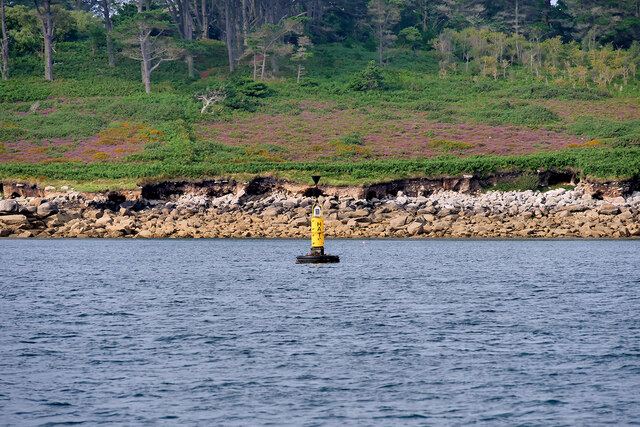
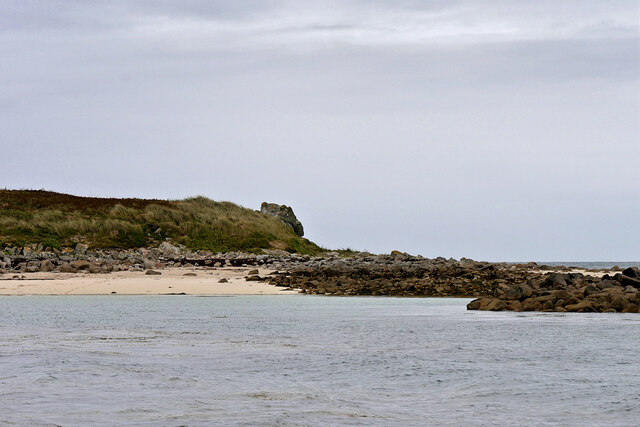
Borthic is located at Grid Ref: SV9314 (Lat: 49.951841, Lng: -6.2780859)
Division: Isles of Scilly
Unitary Authority: Isles of Scilly
Police Authority: Devon and Cornwall
What 3 Words
///apron.segmented.garden. Near St Martin's, Isles of Scilly
Nearby Locations
Related Wikis
Wheel Wreck
The Wheel Wreck is the remains of a shipwreck lying in Crow sound off Little Ganinick in the Isles of Scilly. The wreck site consists of a discrete mound...
Higher Town, Isles of Scilly
Higher Town (Cornish: Trewartha) is the easternmost and largest settlement on the island of St Martin's in the Isles of Scilly, England. It is situated...
St Martin's Methodist Church, Isles of Scilly
The Methodist Church, St Martin's, Isles of Scilly is a Grade II listed chapel in St Martin's, Isles of Scilly. == History == Bible Christians arrived...
St Martin's Church, St Martin's
St Martin's Church, St Martin's is a Grade II listed parish church in the Church of England located in St Martin's, Isles of Scilly, UK. == History... ==
Nearby Amenities
Located within 500m of 49.951841,-6.2780859Have you been to Borthic?
Leave your review of Borthic below (or comments, questions and feedback).
